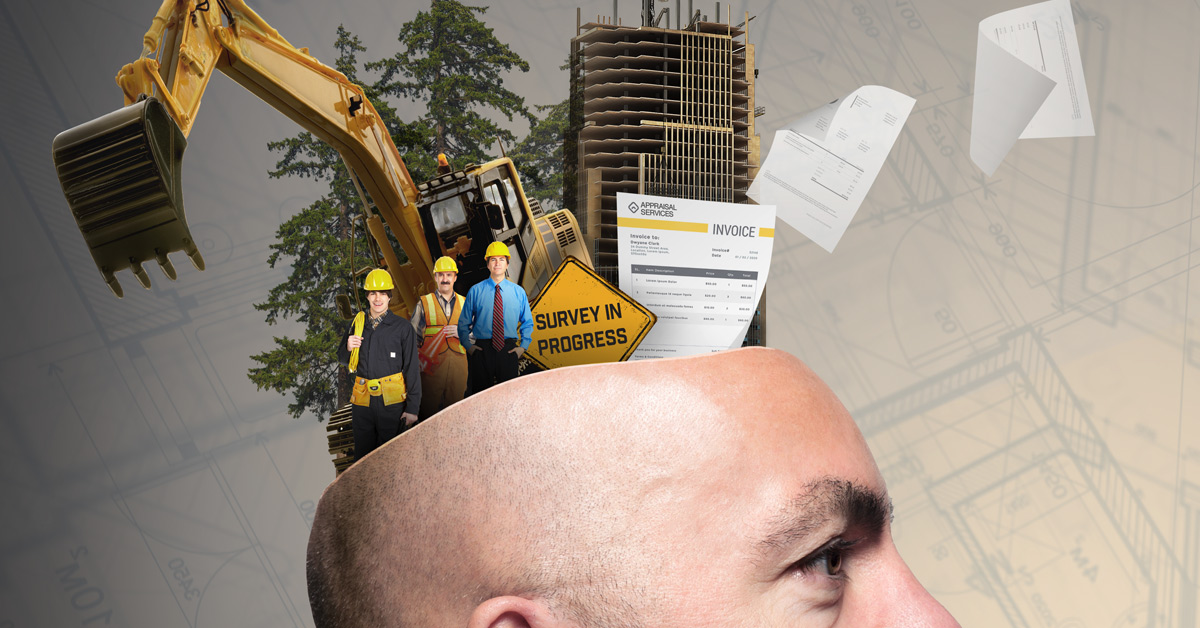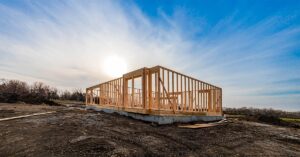Construction-loan financing is truly unique, multifaceted, never cookie cutter and contains many risks lenders do not face when offering more traditional commercial mortgage loans. The tasks involved in closing a commercial construction loan are too many for one person to wrap their head around.
Lenders and mortgage brokers must work with numerous third-party vendors and manage a steady flow of documents that need to be completed prior to closing the loan. Whether financing a construction project for a small home or a skyscraper, many of the same processes apply.
First and foremost, lenders should have a written construction-loan policy that must be followed. Second, a complete and thorough financial analysis and underwriting system is crucial in identifying the specific risks associated with each transaction. Lenders should follow defined underwriting standards and practices. Making exceptions to this rule only expands the risk profile of the loan portfolio and examiners will not look kindly on this practice.
Lastly, extensive documentation, reports and certifications are needed to support the construction process. At times, this will seem daunting, but it is an important part of the solid foundation needed to ensure all facets of the undertaking are addressed.
Appraisals and valuations
There are several essential parts in completing the typical construction loan. These include third-party tasks such as appraisals, title insurance and environmental assessments.
Lenders are required to obtain an appraisal under certain conditions. The lender can improve the efficiency and effectiveness of the appraisal process by standardizing the appraiser-engagement letter. This letter outlines the expected scope of the work and identifies other requirements the lender needs to have included in the completed appraisal.
To ensure independence, the lender employee who is directly involved in the construction-loan transaction shouldn’t order the appraisal. The lender must review the completed appraisal for factual accuracy and determine that it provides a reliable opinion of value to support the credit decision. Reviewing appraisal reports is an essential quality-control function.
Automated valuation models (AVMs) also are growing in popularity. An AVM is a mathematical computer software program that is used to produce an estimate of value based on the analysis of location, existing property conditions and real estate characteristics from one or more databases. The use of AVM technology continues to rattle the lending industry, but this technology is finding greater acceptance within both primary and secondary real estate markets.
Risk management
Lenders require title insurance to protect their security interest in the property. A property owner also will purchase title insurance to secure their investment. In most real estate transactions, the agents, lenders and buyers will obtain title insurance through forms generated by the American Land Title Association (ALTA).
Title insurance also may include ALTA-approved title endorsements. Endorsements are often used to tailor the title to the needs of the insured. The title company will be told by the lender which specific endorsements must be added. There are nearly 100 different title-policy endorsements. Lenders should carefully review the preliminary title policy. Roughly one third of preliminary policies have errors. No matter how small the issue may be, any problem with the title will need to be resolved prior to the loan closing.
Lenders also face potential environmental risks each time they accept real property as collateral. A prudent lender will conduct a thorough investigation to determine if there is any hazardous waste or materials on the property that could cause economic loss. A lender should have a detailed due-diligence policy in place that is appropriate for the transaction size and the complexity of the project.
The lender may require its officers and the borrower to fill out questionnaires about the property. An environmental engineer typically produces a formal report known as a Phase I assessment to determine any actual or potential contamination. A Phase II assessment is a more detailed investigation that involves the collection of soil samples, groundwater and building materials. Vendors also conduct automated searches of Environmental Protection Agency and state-level databases and records.
Additional due diligence
A land survey is conducted to confirm the property’s legal address and other features. A legal description will normally appear on a sales contract or deed of trust. Essentially, the legal description defines property dimensions and identifies its boundaries. It is frequently referred to as the block, lot and section, or the metes and bounds.
Land surveys also are used to verify the accuracy of the exact property size, setbacks, flood zones, and possible easements and encroachments. It is crucial that the survey is performed correctly. A mistake of one degree per 1,000 feet, for example, equates to a difference of about 15 feet.
Lenders, mortgage brokers and borrowers may need surety bonds. A surety bond is a commitment by one party to pay a specific sum if they fail to meet their obligations. Surety bonds are often issued to ensure that the contractor has submitted its bid in good faith; that the contractor is capable and qualified to perform the duties; and that subcontractors, suppliers and other workers will be paid. Surety bonds are complex and detailed. The lender’s attorney should review the document carefully in order to completely understand the warranties and obligations contained in the agreement.
As is normally required on most other types of commercial real estate loans, there are several different types of insurance requirements for construction loans. The lender may require workers’ compensation insurance, builders’ insurance, liability insurance or flood insurance, to name a few types of policies. It is prudent to follow strict standards to ensure that the builder carries the appropriate level of insurance on every construction project. If a project lacks the proper coverage, the lender, investor and contractor are exposing themselves to unnecessary risk.
Lenders and mortgage brokers should use a checklist to manage the multiple parts of the process. It is easy to make mistakes and recovering from those errors is sometimes more difficult as the process moves forward. The use of a checklist will be of great assistance to perform the many tasks necessary for moving a loan toward a closing date.
• • •
One final point is worth mentioning about construction loans: The desired value of a project is not achieved until it is complete and ready for occupancy, and every contractor has different financial strengths and varying skills.
Real estate markets are constantly shifting and building costs are difficult to predict. This type of lending should only be offered by those with prior construction- loan experience — a point that can’t be overemphasized. A lack of construction-loan experience will lead to future problems. There are, of course, ways to mitigate many of these risks, but there’s no way to be 100 percent prepared for the realities of a construction project. As always, the devil is in the details.
Author
-
Garry Barnes is managing director of PW Partners Consultancy, headquartered in Salt Lake City, and is a freelance writer. He is a former president and CEO of banks in Arizona, California and Utah. He has taught at the university level, and is a frequent writer and lecturer on banking, finance and real estate matters. Barnes has served on the U.S. Small Business Administration’s National Advisory Council and received the SBA Arizona Financial Services Advocate of the Year award.
View all posts







